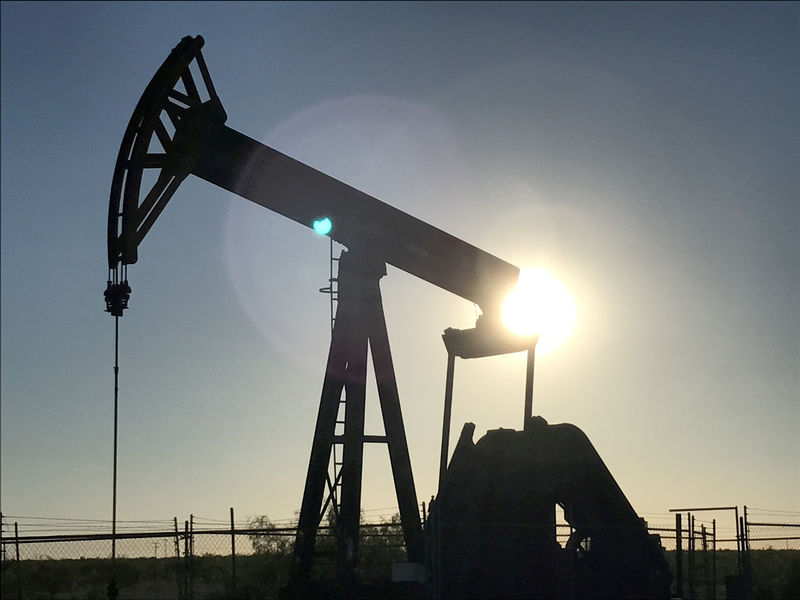By Amanda Cooper
LONDON (Reuters) - It has taken 500 days and the sacrifice of almost a billion barrels in lost oil output for the global crude market to eradicate a deep supply surplus, but oil prices have now hit OPEC heavyweight Saudi Arabia's desired level of $80 a barrel.
Brent crude futures (LCOc1) reached an intraday high of $80.18 on Thursday, breaching the $80 a barrel level for the first time since November 2014.
A vast overhang of unwanted crude stocks has now vanished, investors are buying into the oil price rally more than at any time in the last four years and market watchers are beginning to talk again about oil prices returning to $100 per barrel and more.
To view a graphic on Global oil supply and demand reach balance, click: https://reut.rs/2rFZGez
Renewed U.S. sanctions on Iran that could seriously hamper the country's oil exports, along with involuntary output declines in big producers such as Venezuela, Mexico and Angola have contributed to the bounce in the price.
Led by Saudi Arabia, the Organization of the Petroleum Exporting Countries and 10 of its partners including top producer Russia have cut their crude output by a joint 1.8 million barrels a day since January 2017.
The oil price has risen by $50 since hitting a 13-year low of $27 a barrel in January 2016 and has gained 50 percent in the last 12 months alone, reflecting both concern over geopolitics and confidence in a more favourable balance between supply and demand.
The premium of the benchmark Brent crude futures contract (LCOc1) is at its largest in years over those for delivery further ahead, reflecting investors' and traders' belief that supply will fall short of demand for some time to come.
Saudi Arabia is said to favour an oil price of around $80, or even $100 a barrel, as it gears up to float part of state oil company ARAMCO
To view a graphic on Investors prepare for crude oil supply to shrink, click: https://reut.rs/2rJiKsk
But OPEC and its cohorts may end up being victims of their own success. The International Energy Agency on Wednesday warned global demand growth will almost inevitably slow given how much the oil price has risen.
To view a graphic on Non-OPEC supply vs global demand growth in 2018, click: https://reut.rs/2Imrf71
Meanwhile, the rise in the U.S. dollar (DXY) since the start of the year may curb the purchasing power of major importing nations to buy crude, especially since many, such as India and Indonesia, no longer offer drivers such as generous fuel subsidies.
OPEC also has a headache in the form of rival supply from outside its club, namely from the United States, which is on course to become the largest producer in the world by the end of this year, with output set to top 11 million bpd.
OPEC's supply cuts have been swamped by the increase in U.S. output, led by production from shale fields and this, along with the higher price, has made the major forecasting agencies -- the IEA, OPEC itself and the U.S. Energy Information Administration -- far more cautious.
So while $80 might be Saudi Arabia's purported magic number, its spell might prove short-lived.

To view a graphic on OPEC vs US oil output, click: https://reut.rs/2IjSYFf